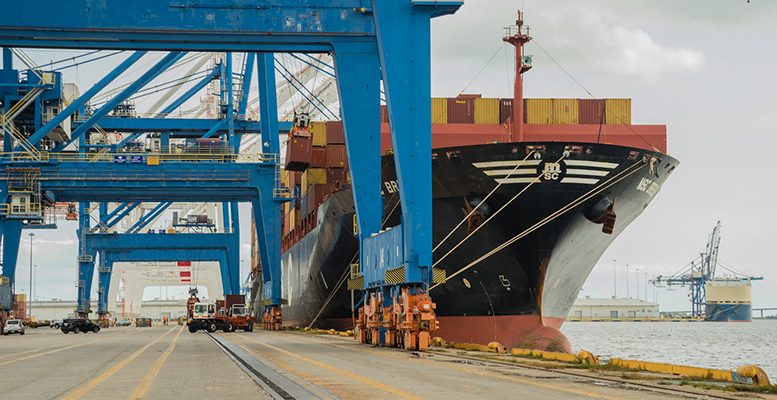Spain has maintained a pace of growth in the October-December period similar to that in the third quarter, with GDP growing 0.8% quarter-on-quarter, according to the Bank of Spain’s latest report.
This stability in growth is the result of two forces which are pulling in opposite directions: the strength of the export markets has offset the adverse effect of increased political uncertainty in Catalonia.
Looking at demand components, the negative impact of the uncertainty will have been reflected most of all in internal private spending and in tourism exports. On the other hand, from the supply side, the trend in both the qualitative and quantitative indicators referring to the manufacturing industry has been more favourable than that related to services. This is coherent with an improved performance from external demand compared with domestic demand. Both the rate of growth in private consumption and investment in capital goods has slowed in the last few months of the year. Meanwhile, the information available points to a possible strengthening of investment in construction.
Figures related to the sale of goods indicate that the net contribution from external demand to GDP growth will have been positive. In any case, we should bear in mind that the information available for the fourth quarter is relatively small.
The pace of the year-on-year variation in consumer prices was 1.7% in November. This was only slightly higher than that observed, on average, since the summer. The changes have been more pronounced in terms of the components. Specifically, as has happened in the euro area as a whole, the most volatile sections have tended to accelerate due to the rise in oil prices. On the other hand, the moderation in the prices of non-energy industrial goods and services has meant that the IPSEBENE index has slowed fairly substantially, from 1.4% in June to 0.8% in November. As a result, as is the case in other geographical regions, there is still no indication that the increased growth in the utilisation of productive factors is leading to a rise in inflationary pressures.
In the medium-term, expectations are for the expansionary phase to continue, favoured by the substantial progress made in the process of redirecting the imbalances in the economy. That said, it’s predicted that product growth will lose some of its intensity in the coming years. This would be motivated, amongst other factors, by the neutral orientation of fiscal policy – compared with the expansionary tone of the last few years – as well as by the moderate impact of the ECB’s monetary policy. In line with the most recent projections, GDP would grow 2.4% in 2018 and 2.1% both in 2019 and 202o. Meanwhile, underlying inflation would tend to gradually recover up to 1.8% in 2020.





